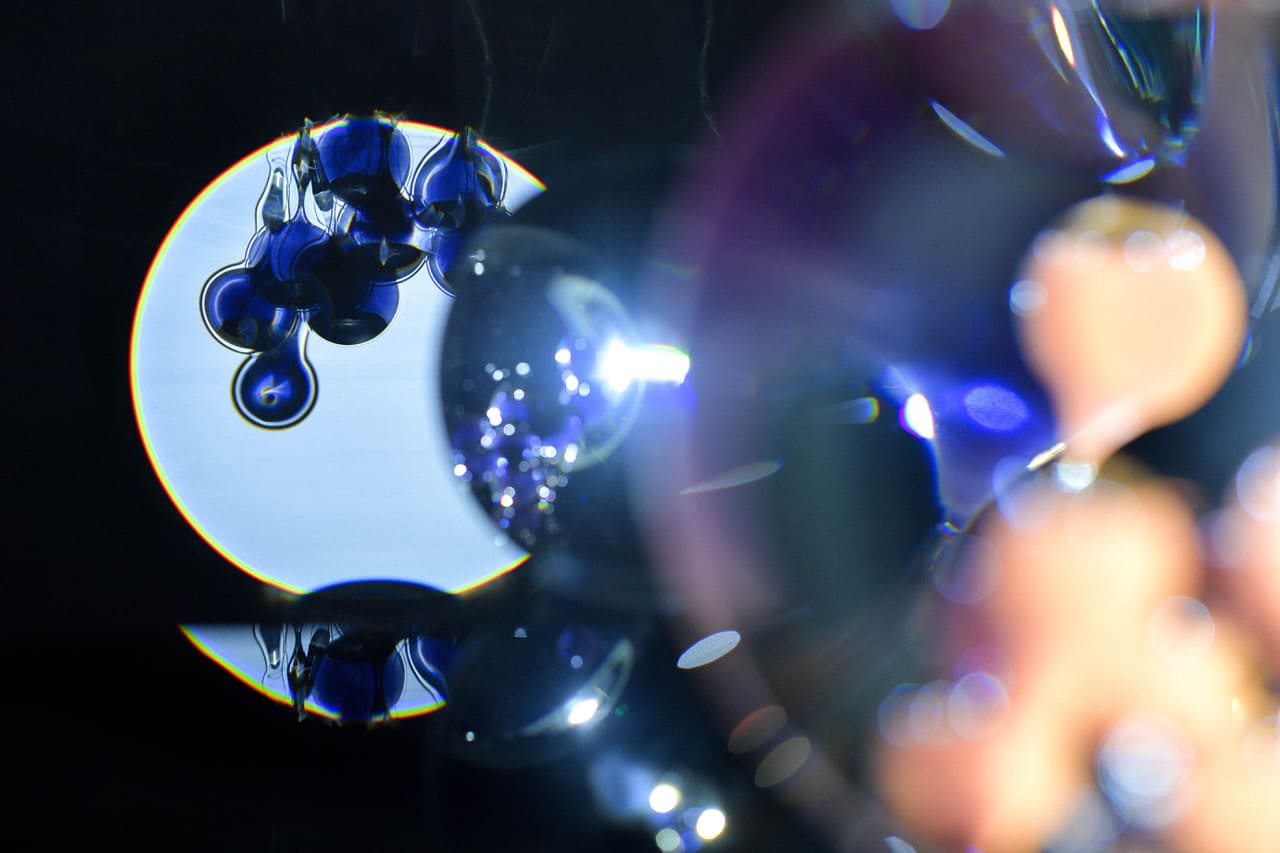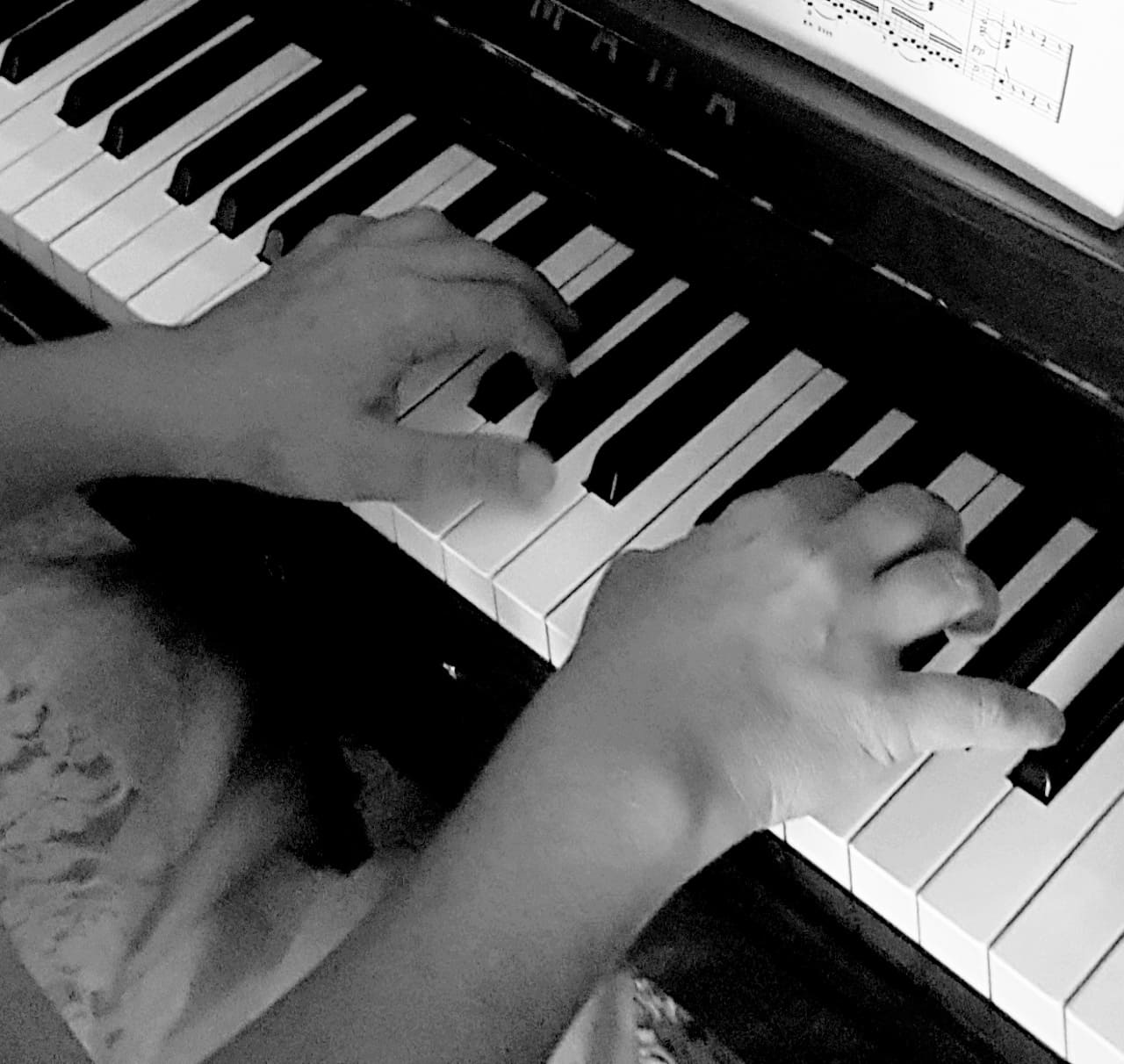Bridging the Abyss: Exploring the Confluence of Art and Science
In the ever-evolving landscape of knowledge, the intersection of art and science emerges as a fertile ground for exploration, innovation, and inspiration. Indeed, while people have often thought about art and science as independent fields, it becomes more and more apparent that their convergence holds immense potential for mutual enrichment
This symposium aims to explore the synergies between these disciplines, acknowledging that they are not isolated entities but rather interconnected facets of human understanding, and a key element to invite researchers to think about our relationship with the society.
The symposium will explore three different ways in which the intersection between art and science can manifest:

Thomasine Giesecke, artiste plasticienne / Jean-Marc Chomaz, artiste physicien LadhyX, SPIRAL, CNRS, Institut Polytechnique de Paris / Bruno Palpant, physicien LuMIn, Université Paris-Saclay / Tom Georgel, artiste sonore en collaboration avec Hynd Remita & Mireille Benoit, chimistes Institut de Chimie Physique, Université Paris-Saclay /Jean-Michel Wierniezky, souffleur de verre, École polytechnique avec la participation de Claude Beghin, menuisier, Maïa Menuiserie / Colin Lopez, ingénieur de recherche LuMIn, Université Paris-Saclay.
The role of the sensitive world in scientific construction
by Jean-Marc Chomaz
(CNRS research director, Professor at the Ecole polytechnique, Co-coordinator of the Art&Science chair and SPIRAL department at the Ecole polytechnique)
The works proposed to the public are artistic constructions realized on the basis of scientific concepts by involving scientists from all fields, not to demonstrate, but to make sense. They present a human and sensitive dimension of physics, which allows transgressions, metaphors, counter-sense and winks. The spectator then finds himself in a universe where he can invent his own path, and feel the emotion of science. This approach aims to change the expert’s speech and posture. It opens up other paths not limited to proof, which leave room for intimate conviction and intuition, questioning myths and scientific beliefs. Its importance is decisive for the major issues facing society, such as the climate, living organisms and new technologies, which are far too complex for science to answer alone.Art then becomes a means of redefining our concerns and reformulating
the questions posed by science. It shifts our gaze, without confusion with proof, and without prescription. This research approach affirms that innovation in science is an act of creation and imagination, which is an act in the sensitive space before it can be put to the test of reason. Sharing the imaginary of science allows scientific knowledge to be debated and entered into the narrative. The construction of this complex system of representations is essential for science to be efficient and for a thoughtful and desirable future to emerge from the shared narrative. The presentation will be based on a broad panorama of works from the fields of environment, biology and nanotechnology developed in the context of the Chaire arts & sciences and pursued in the interdisciplinary center SPIRAL (Science, People, Imagination, Research, Art, all Linked).
Exploring the boundaries of popularization to develop new forms of scientific mediation
by Giancarlo Rizza
(CEA research director and member of the Art&Science chair and SPIRAL department at the Ecole polytechnique)
How to convey scientific knowledge? How culture, in the broad sense, influences the scientific representation? Our project aims to explore how the communication of a scientific concept is understood, interpreted, and represented by a non-specialized audience. The project’s objective is to subvert the traditional strongholds of scientific communication, namely seminars and poster sessions, by transforming them into live performances where researchers take the stage and interact with the audience. Together, they explore the limits of knowledge transmission.


KINTSUGI
by Simona Boninelli
(Researcher @ CNR)
“A defect is a fault or imperfection in a person or thing”: that’s how the negative common sense refers to things moving away from perfection. This fits particularly well in material science, where lattice defects perturb the long-range crystallographic order, detrimentally affecting the material properties. However, by seeing from a different perspective, lattice defects can be considered the amazing way in which matter reorganizes itself after a perturbation. These concepts have been often expressed in classical music where the “scholastic” partiture structure is reformulated by introducing novel stylistic concepts. During a piano lesson-concert, the analogy between selected Fugues and Transmission Electron Microscopy-atomic resolved extended defects is used as a vector of thought.
